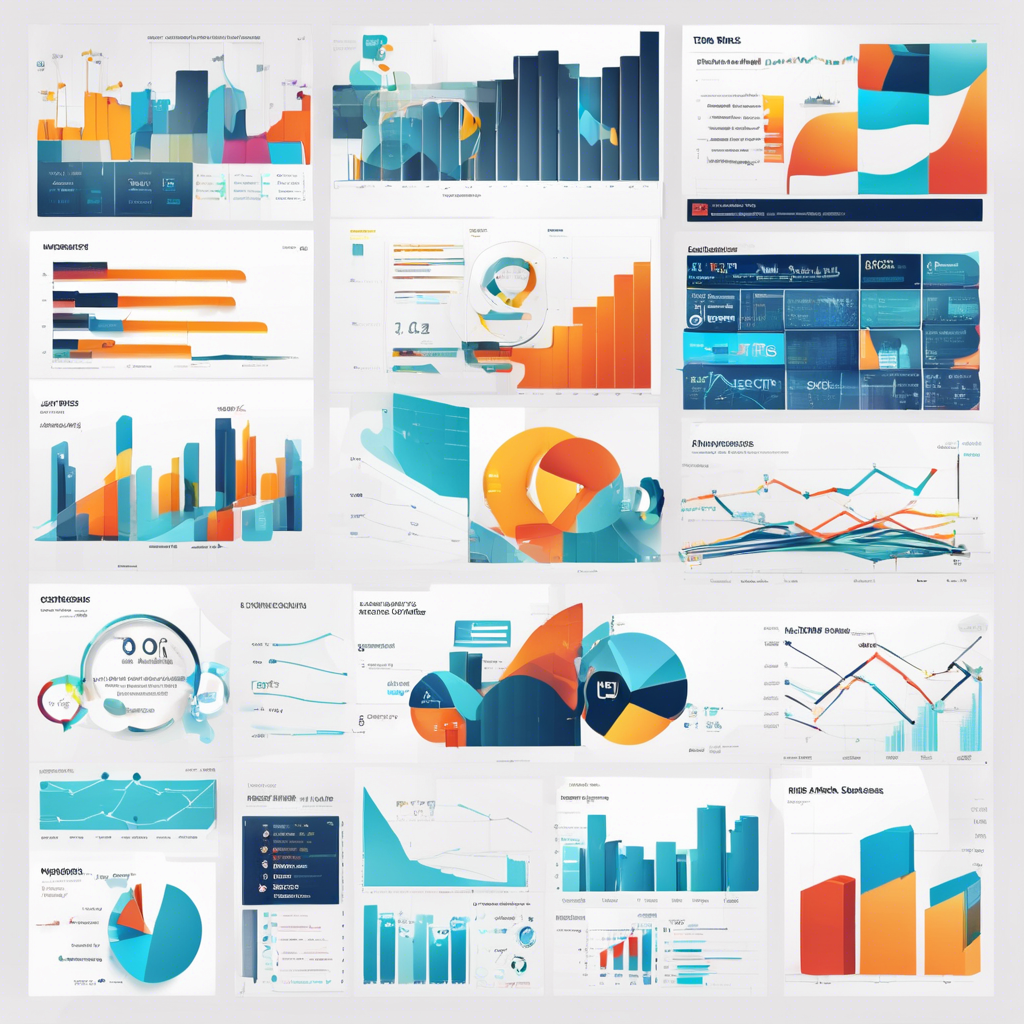Data analytics tools play a crucial role in today’s digital age, where businesses and organizations rely on data-driven insights to make informed decisions. These tools are designed to collect, process, and analyze large sets of data to uncover patterns, trends, and valuable information that can help improve operations, optimize processes, and drive growth. In this article, we will explore the importance of data analytics tools, the different types available, and how they are transforming industries across the globe.
One of the key benefits of data analytics tools is their ability to provide businesses with actionable insights from vast amounts of data. By using advanced algorithms and statistical techniques, these tools can identify correlations, anomalies, and predictions that humans may overlook. This enables companies to make data-driven decisions quickly and accurately, leading to improved efficiency and competitiveness in the market.
There are various types of data analytics tools available, each serving different purposes and catering to specific business needs. Descriptive analytics tools help organizations understand what has happened in the past by summarizing historical data and providing insights into trends and patterns. Diagnostic analytics tools go a step further by analyzing data to determine why certain events occurred, helping businesses identify root causes and make informed decisions.
Predictive analytics tools leverage historical data and machine learning algorithms to forecast future outcomes and trends, allowing organizations to anticipate market trends, customer behavior, and potential risks. Prescriptive analytics tools take predictive analytics a step further by recommending actions that businesses should take based on the insights generated, helping optimize decision-making processes and drive better outcomes.
Data visualization tools are another essential component of data analytics, as they transform complex data sets into interactive charts, graphs, and dashboards that are easy to understand and interpret. Visualization tools enable users to gain valuable insights at a glance, identify patterns, and communicate findings effectively to stakeholders across the organization.
In recent years, the field of data analytics has seen significant advancements with the rise of artificial intelligence and machine learning technologies. These innovations have enabled data analytics tools to process and analyze data at a faster pace, uncovering deeper insights and driving more accurate predictions. As a result, businesses are able to gain a competitive edge in their respective industries by leveraging the power of data analytics.
The adoption of data analytics tools is not limited to large corporations; small and medium-sized enterprises (SMEs) are also recognizing the value of data-driven insights in driving business growth. With the availability of affordable and user-friendly data analytics tools, SMEs can now harness the power of data to make informed decisions, improve operational efficiency, and enhance customer experiences.
Data analytics tools are revolutionizing industries across the globe, from healthcare and finance to retail and manufacturing. In healthcare, predictive analytics tools are being used to identify high-risk patients, optimize treatment plans, and improve patient outcomes. In finance, data analytics tools help detect fraudulent activities, assess credit risks, and personalize customer offerings.
Retailers leverage data analytics tools to analyze customer behavior, optimize pricing strategies, and personalize marketing campaigns. Manufacturers use data analytics tools to improve supply chain efficiency, predict maintenance needs, and optimize production processes. The applications of data analytics tools are diverse and continue to grow as technology advances and new use cases emerge.
In conclusion, data analytics tools are essential for businesses and organizations looking to harness the power of data to drive growth, make informed decisions, and stay competitive in today’s digital landscape. By leveraging the insights generated by these tools, companies can unlock new opportunities, mitigate risks, and enhance overall performance. As the field of data analytics continues to evolve, businesses must embrace the transformative potential of these tools to thrive in an increasingly data-driven world.
